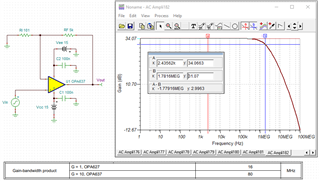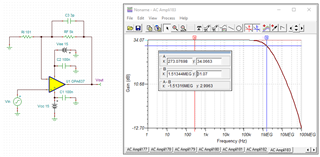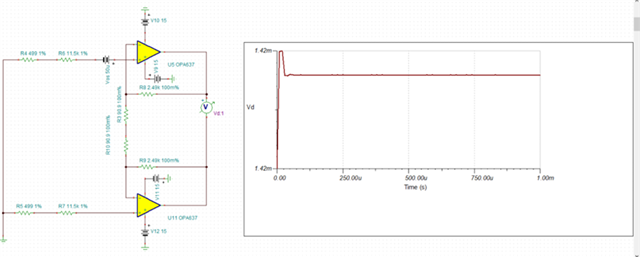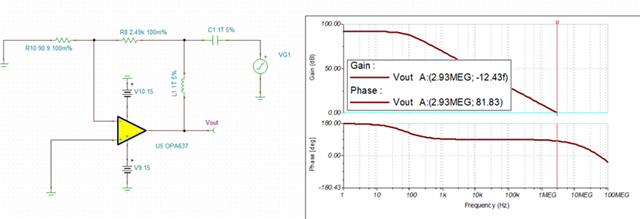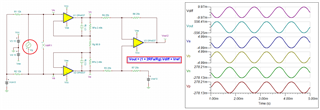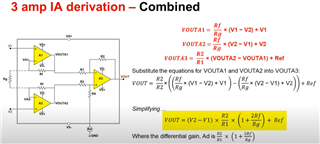Hi, the OPA637 gives the following application circuit, I don't quite understand what is the role of the 3pF capacitor, is it to play the role of phase compensation, how is its value calculated, and how to consider the stability of the first stage circuit here? thanks.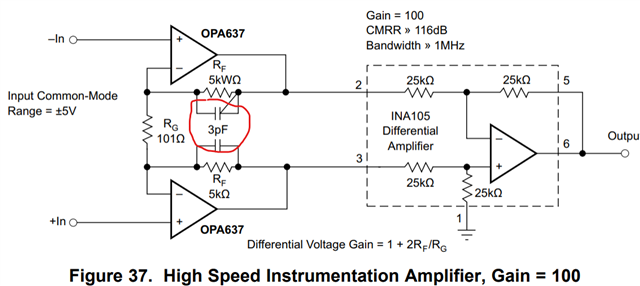
-
Ask a related question
What is a related question?A related question is a question created from another question. When the related question is created, it will be automatically linked to the original question.


